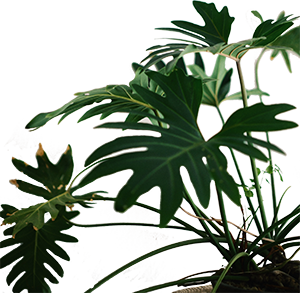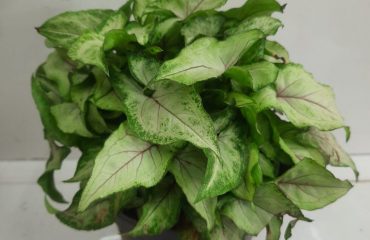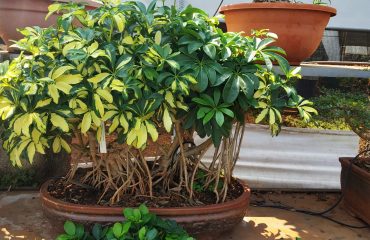How To Care For A Philodendron Houseplants
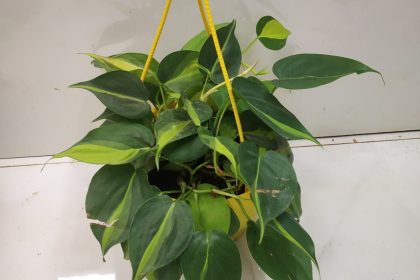
For generations, philodendrons have served as a mainstay in interior gardens. Philodendron care is easy because if you watch for the signals, the plant will tell you exactly what it needs. Even inexperienced houseplant owners will have no trouble growing philodendron plants because the plants adapt readily to conditions inside the home. This makes learning how to care for a philodendron incredibly simple.
How to Grow Philodendron
Keep in mind that the philodendron, like many indoor plants, originates in tropical regions. It will grow best if you can simulate that environment. Provide plenty of warmth, bright light, and moisture. These plants are not prone toinsect attack and they are generally vigorous growers. Feed them generously during the growing season. The climbing varieties also make excellent hanging or trailing plants. Use a moss stick or other support for the climbing types.
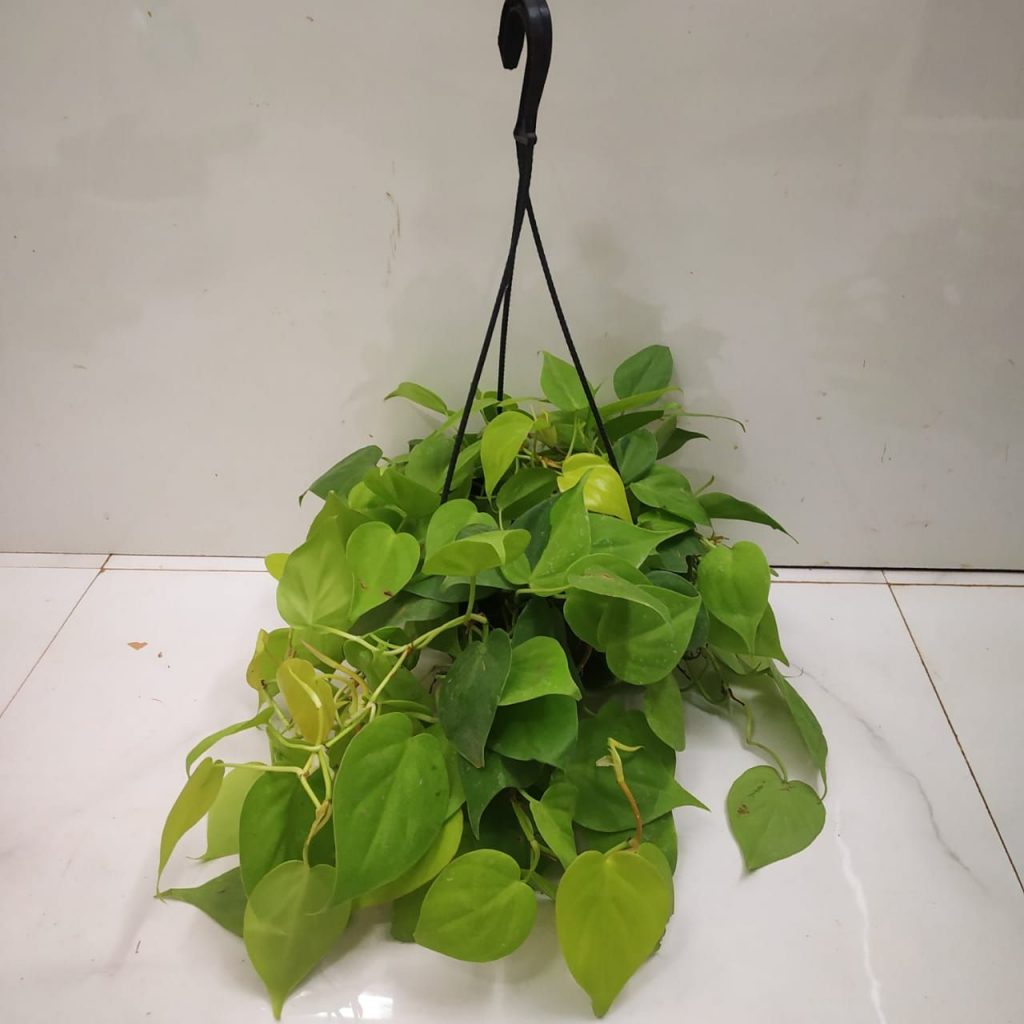
| Botanical Name | Philodendron |
| Common Name | Philodendron |
| Plant Type | Houseplant, Perennial |
| Mature Size | 8 feet |
| Sun Exposure | Part Sun |
| Soil Type | Equal parts loam, sand, and peat |
Philodendron – The Air Corrector
The Philodendron belongs to the few plants that can correct your room air. They are able to sequester pollutants like formaldehyde and clean the room air, they are basically acting like a bio filter. These pollutants are gathered by the aerial roots and big leaves. It’s quite easy. Since the plan’s leaves are big they absorb moisture and release it as clean oxygen into the room. To obtain this function you shouldn’t clean the leaves with sine solution.
Care

In the following, you’ll find detailed directions regarding the care of the Philodendron as a home plant and its breeding.
Watering
The Philodendron needs lukewarm water, which means that stagnant rainwater is ideal. Fill a watering can and let it stand for at least two days. The water should also always be room-tempered and should never be from the faucet and cold. The right situation consists of moist soil without too much water. They also don’t like to dry out and enjoy their leaves being sprayed. In warmer months spraying can take place every two days, in colder months every three or four.
Light
Provide dappled, bright light, mimicking what is found under a tropical canopy. Philodendrons can be acclimated to nearly direct sunlight in the right conditions, but they thrive in light shade. If you notice many of the leaves turning yellow at the same time, it can indicate you are giving the plant too much direct light. If you notice it is getting leggy, it may need more light.
Soil
Philodendrons like rich, loose potting mediathat will drain well but is still high in organic matter. They can grow in 100 percent sphagnum peat moss.
Fertilizing
In the months between spring and autumn the Philodendron should be fertilized every week or every two weeks. You should use a liquid fertilizer and use it according to its directions. During the resting period in winter the plants should be watered less and fertilized once per month at a max.
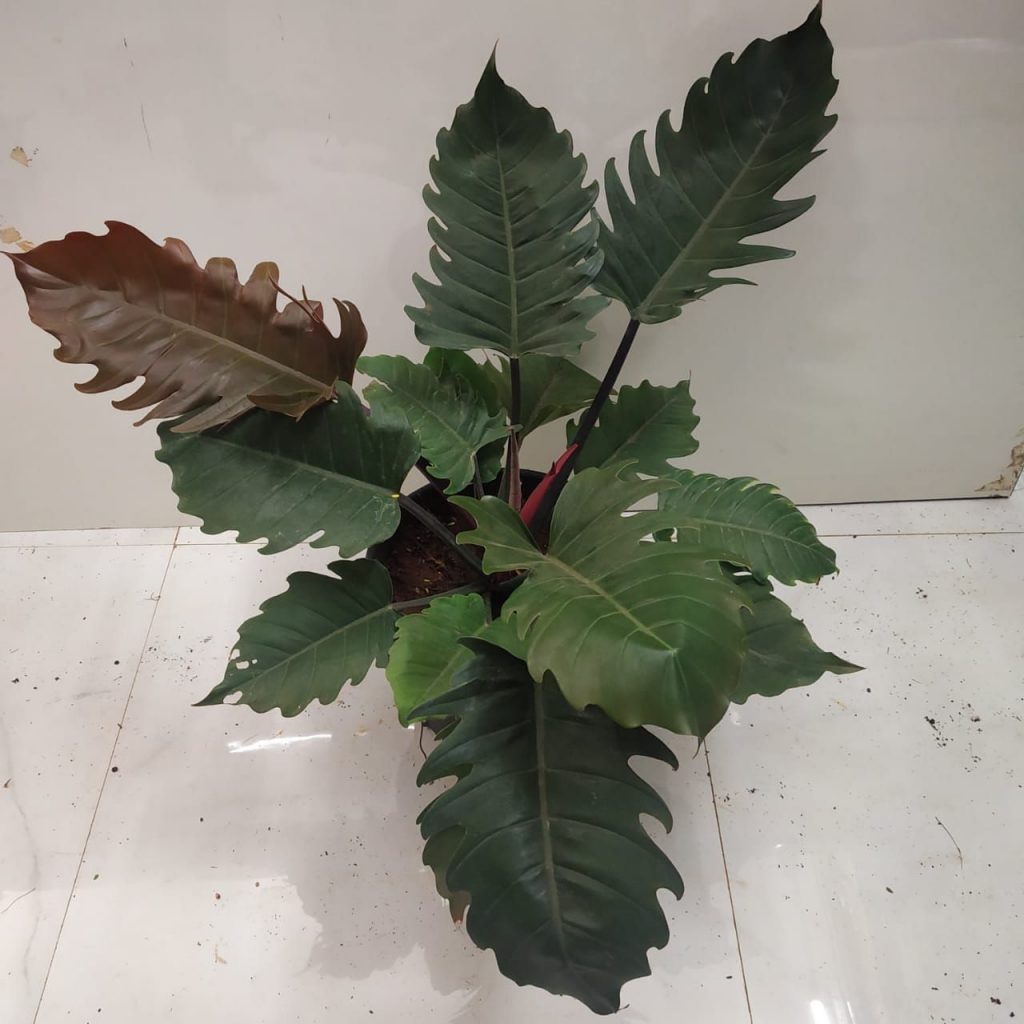
Potting and Repotting
Some of the philodendron varieties are extremely fast-growers, especially the climbers. Pinch off the new growth to keep the plant manageable and repot them annually as they outgrow their pots
Cutting
If the Philodendron grows too much it can be cut back without any problems. The ideal period of that is from spring to late summer. Shoots that are too long can be shortened with a sharp knife, if some of them have already lignified you have to use garden shears.
Pests
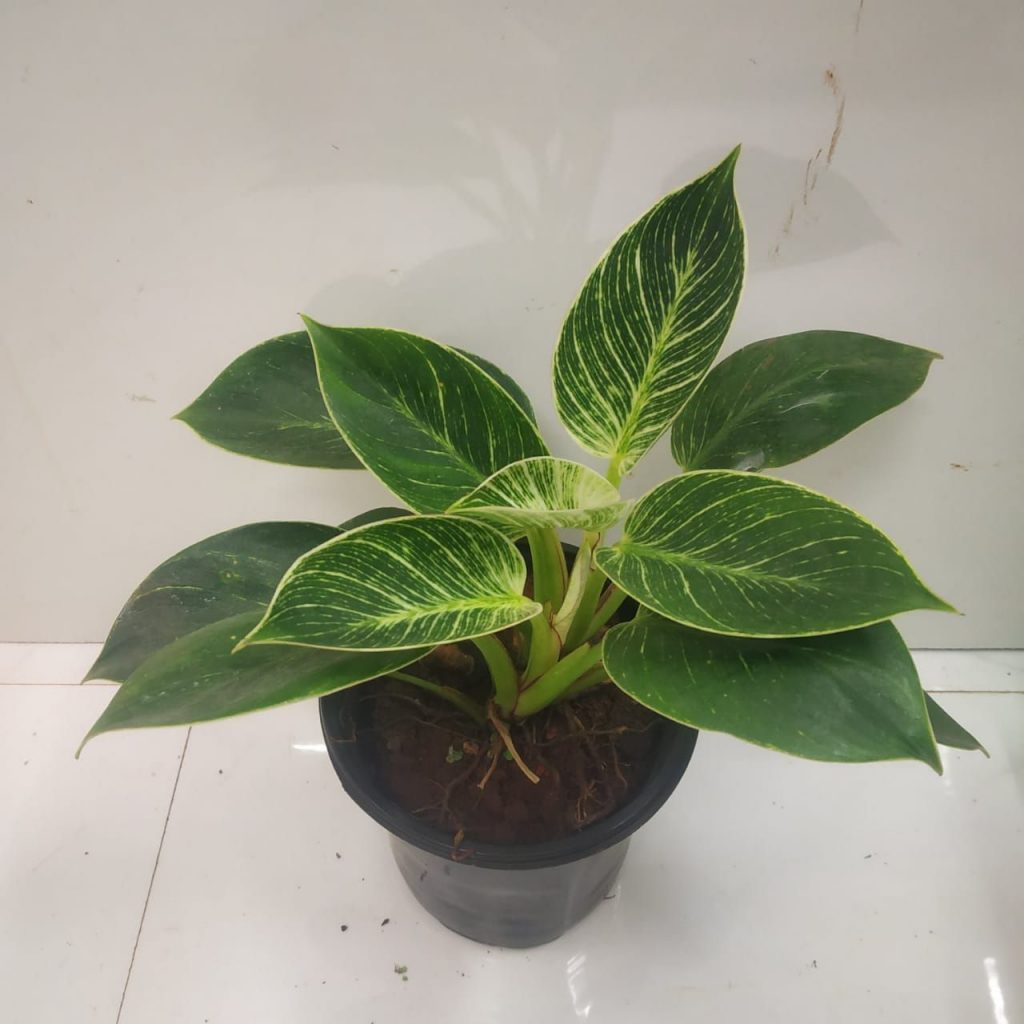
Spider Mite
The Philodendron can be infested by spider mites, they will locate on the axils and round leaf borders. They will show themselves as soon as the leaves are sprayed with water. A soapsud with bile soap and neutral soap is ideal and the leaves can be wiped with a soft cloth.
Mealybugs
Mealybugs also choose the Philodendron to live. They can be spotted as small, white cotton balls on the leaves and can also be removed with a soapsud.
Scale Insects
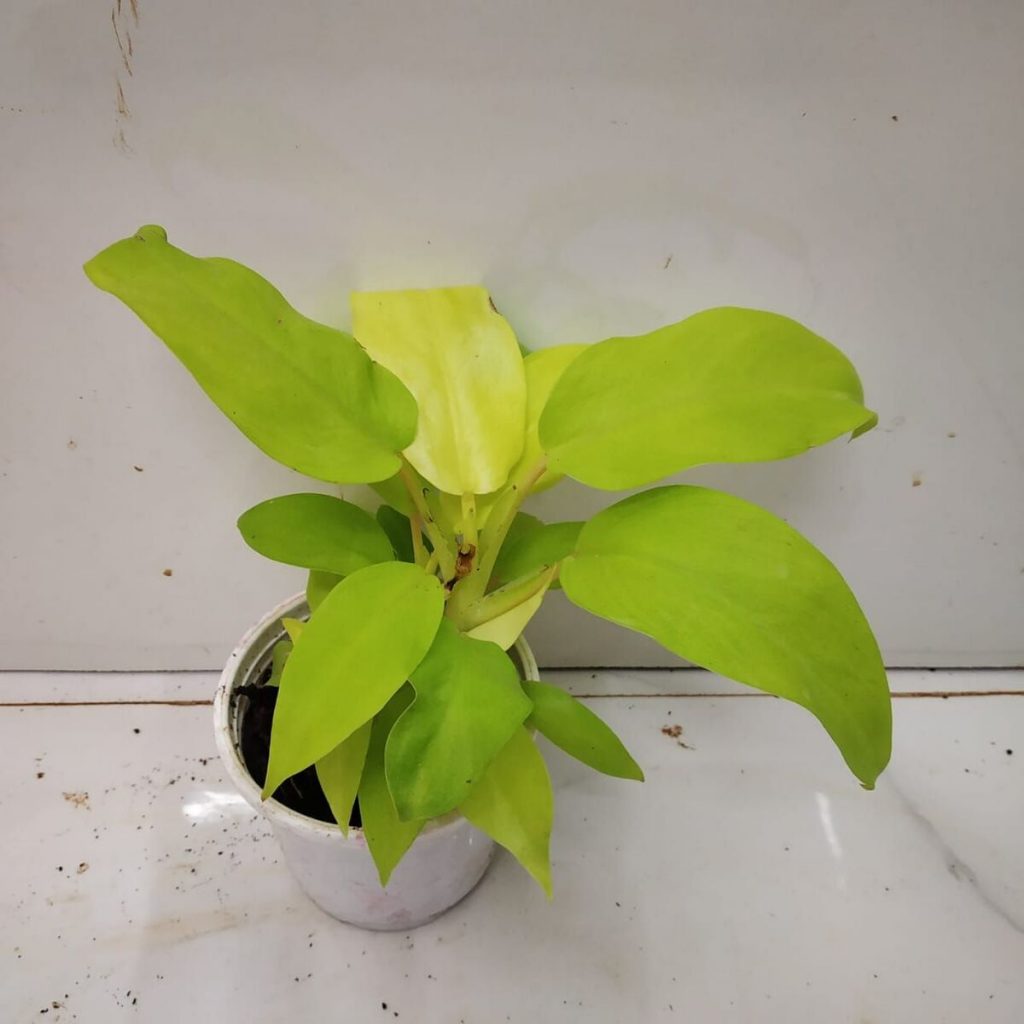
Scale Insects can be spotted quite quickly, they have a strong carapace which is slightly rounded. The colour themselves green, that’s why you have to look closely to find them.
Is My Plant a Pothos or a Philodendron?

Philodendron houseplants are often confused with pothos plants. While the leaves of these two plants are similar in shape, pothos plants are usually variegated with splotches of yellow or white color. Pothos is a much smaller plant as well and is often sold in hanging baskets.


